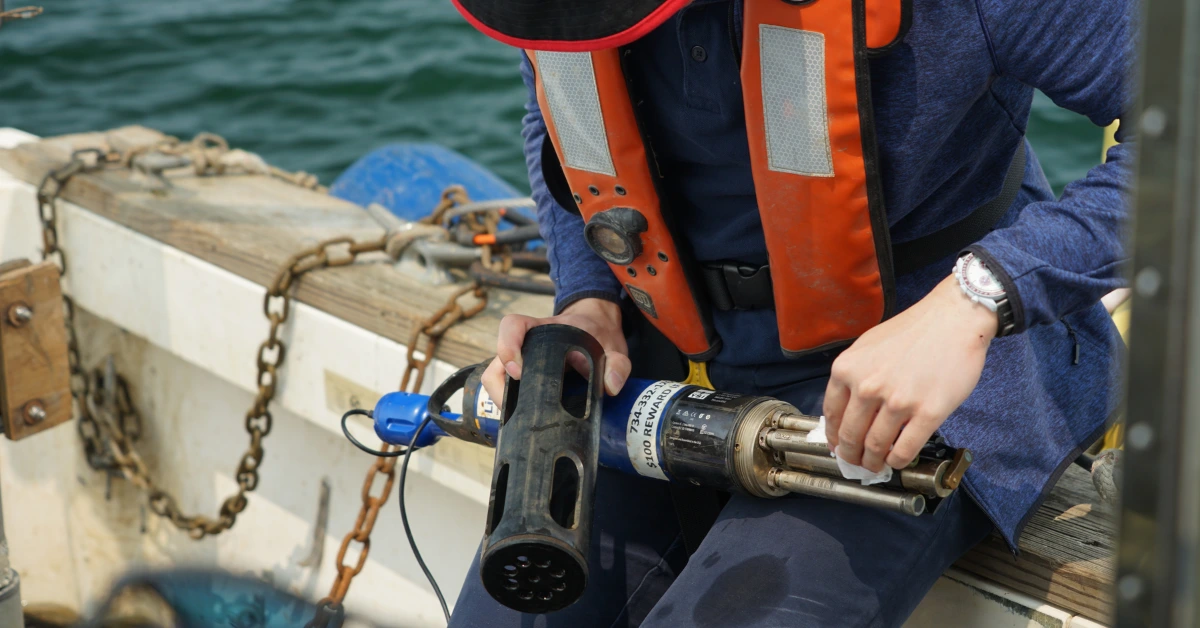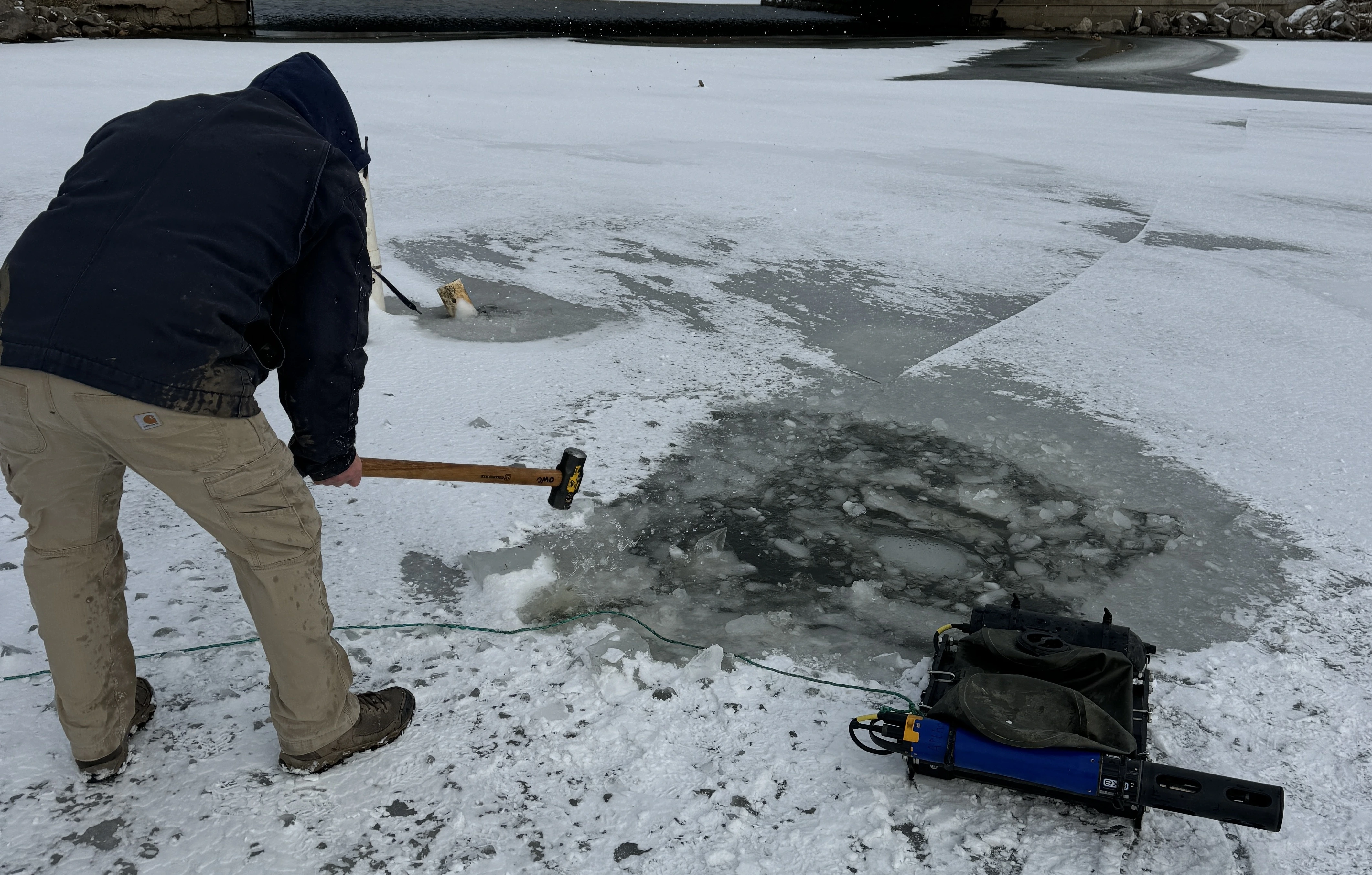Cleveland Water Alliance's recent trip to the UK for the Northumbrian Water Innovation Festival & for strategic meetings with global water leaders fostered international collaboration, including a new partnership with British Water, and provided valuable insights into accelerating global freshwater innovation. CWA’s Director of Communications and Engagement, Samantha Martin shares her reflections on this unique event.
Listen to this article
I recently traveled to Newcastle, UK, with CWA’s Director of Clusters and Innovation, Ebie Holst, to attend The Northumbrian Water Innovation Festival, meet with UK leaders in the water sector, and explore new opportunities for international collaboration. The festival was unlike any water event I’ve previously attended. The event was a hybrid of a hyper-focused hackathon, a creative coworking space, and a collaborative conference, all with the purpose of driving meaningful innovation across the water sector and beyond.
Forging Strategic International Partnerships

During the festival, we solidified a significant new partnership. I met with Lila Thompson, CEO of British Water, and officially signed a Memorandum of Action (MoA), reinforcing CWA’s commitment to international collaboration.
We’re dedicated to facilitating a cross-cultural exchange of ideas and welcoming innovators into our respective markets. In a rapidly changing world, these strategic alliances are essential to developing and scaling solutions for global water challenges.
The Power of UK Innovation
One of the most eye-opening aspects of the festival was observing the strong drive for innovation within the UK water sector. While the regulatory landscape in England and Wales is currently undergoing significant reform, the commitment to advancing and implementing water solutions remains robust. This dynamic environment, with strategic investment opportunities and a push for innovative solutions from utilities, creates a unique area for progress.
We had many conversations with tech companies and project partners at the Innovation Festival about the value and importance of market entry stewards like CWA. While the UK has a robust framework for innovation, many global innovators and solutions providers struggle to navigate the complexities of the U.S. market entry process. CWA and our testbed network, especially our Smart Lake Erie Watershed (SLEW) infrastructure, provide a vital "soft landing" for innovators, helping them test, trial, and validate their technology in real-world freshwater conditions. We also facilitate connections with end-users, enabling pilot projects that provide critical feedback and accelerate the adoption of new technologies.
Sprints at the Innovation Festival
The Innovation Festival, hosted by Northumbrian Water Group (NWG), features "sprints"—intensive, multi-day problem-solving groups. Each sprint tackles a specific project, bringing together professionals from diverse sectors to work toward tangible solutions. It's a highly collaborative environment, which is very different from a typical conference where you simply attend speaker sessions and network.
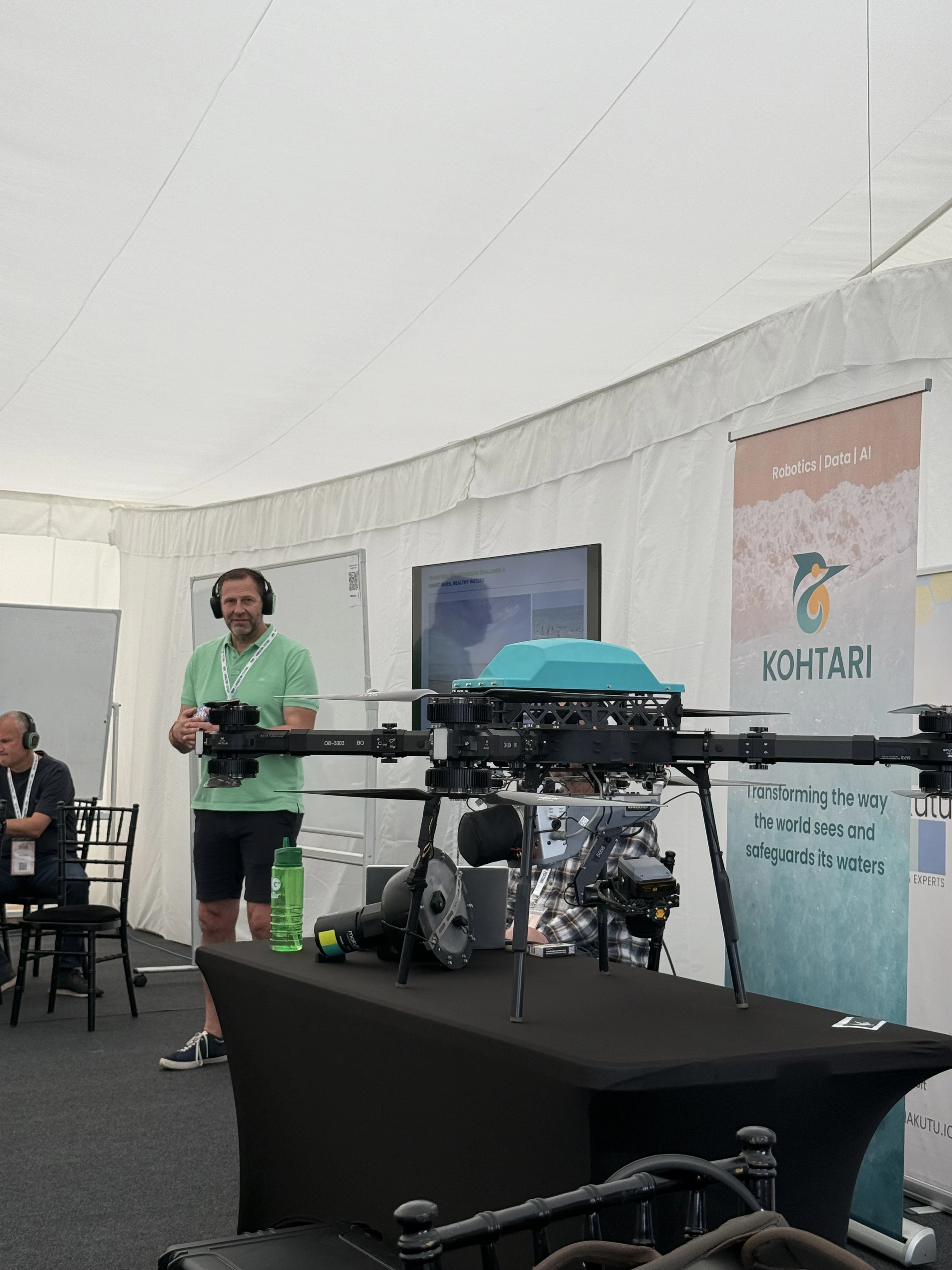
I participated in a sprint with Makutu, an innovator within CWA’s network. At the event, they launched their subsidiary environmental monitoring company, Kohtari. Our sprint focused on Project Kingfisher: utilizing drone technology to improve water sampling, an initiative already partially funded by Ofwat.
Over the course of the week, we worked through complex questions and challenges related to drone deployment, addressing topics like operational risks, environmental considerations, and the need for public awareness campaigns before drones are deployed. While I’m not a researcher or engineer, it was great to bring my communications skills to the table surrounding rollout strategies, public perception, consumer profile analysis, and audience engagement. This dynamic environment allowed for an exchange of a vast range of expertise, highlighting the benefits of cross-collaboration across diverse roles. At the end of the festival, our sprint team shared our final conclusions for a cost/benefit analysis of drone sampling.
Ebie's sprint explored how AI, particularly "agentic" AI, can empower utilities to manage the increasing demands on their infrastructure due to storm activity and capacity challenges, which often lead to a rise in spill events within Combined Sewer Overflow (CSO) structures common in the UK. Utilities must manage massive amounts of data, which can be time consuming and complex for current staff levels to handle. The sprint explored how agentic AI can effectively "add staff capacity" by synthesizing this data dynamically and responding to specific tasks, inquiries, and forecasting needs of utility staff, helping them navigate day-to-day challenges and plan for decades to come. Ebie was able to tap the expertise of multiple AI and Agentic AI specialists and gain hands-on experience in developing AI Agents to analyze available datasets and evolve these agents to perform increasingly sophisticated analyses in support of the sprint's goals.
Deepening Connections Across the UK Water Sector
Following the Innovation Festival, our trip continued with a series of insightful meetings and site visits across the UK, allowing us to deepen our understanding of the local water landscape and explore collaboration opportunities.
Lake Windermere
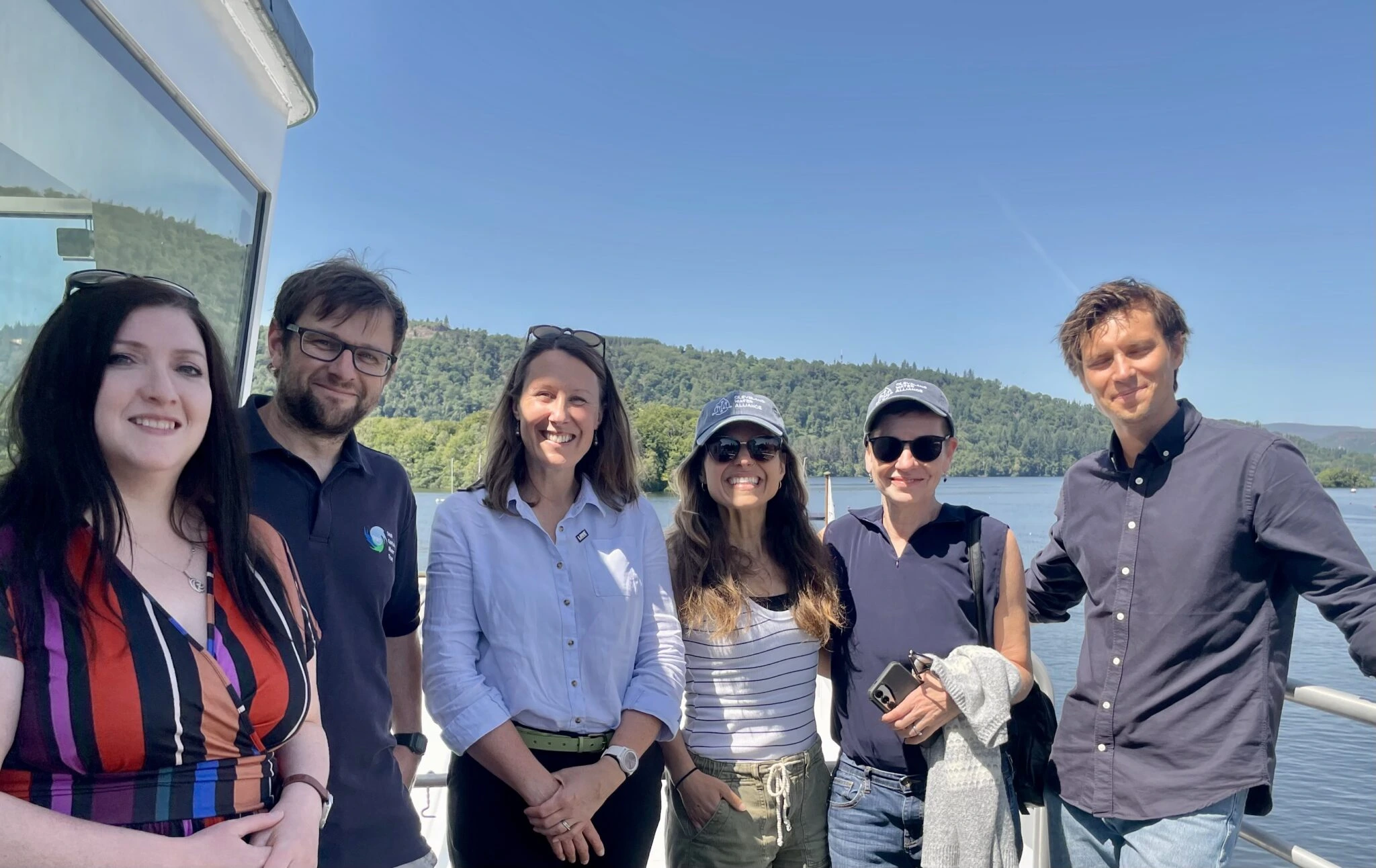
Our travels began in the Lake District, meeting with the Love Windermere Partnership at Lake Windermere, England's largest inland lake. Like Lake Erie, Windermere faces challenges surrounding harmful algal blooms, making our shared concerns and best practices a key topic of discussion. We also discussed the complexities of public perception and stakeholder engagement in heavily visited areas, topics highly relevant to our work in the Great Lakes.
University of Sheffield
Our next stop was Sheffield, where we spent the day at The University of Sheffield, exploring their labs and extensive testbed facilities. In the morning our team met with Dr. Isabel Douterelo, whose team utilizes the University's simulated pipes to allow students and fellows to study how biofilm develops in pipes under different water treatment processes and with various chemicals. The university has a large indoor testbed facility dedicated to this research, with simulated rivers, floods, and service line pipes for biofilm studies.
Later, our team visited another impressive University of Sheffield facility, located on the property of an old regional airport alongside neighbors like Boeing. Dr. Will Shepherd leads an incredible operation, showcasing a massive testbed facility focused on advanced robotics and acoustic technology. His team is developing robots for inspecting and clearing pipe blockages and utilizing hydraulic systems to study how pipes withstand various kinds of pressure.
UK Utilities: Shared Challenges and Opportunities
We engaged with the innovation teams from several prominent UK utilities, including Anglian Water, Severn Trent, and Welsh Water. These meetings underscored shared challenges, notably addressing combined sewage overflows (CSOs) and the critical need for PFAS detection. Many of these utilities are investing heavily in real-time monitoring and advanced treatment technologies.
A recurring theme was public perception of water quality. Despite significant improvements in water quality since the 1980s and 90s, increased monitoring and public alerts sometimes lead to a misperception that water is getting worse. This is a challenge we also face in the Great Lakes region, where greater awareness of issues and more continuous data doesn't always translate to public understanding of improvements.
While there's current uncertainty surrounding UK water governance, the universal need for water innovation remains clear. The UK's approach to incentivizing utility innovation creates a dynamic environment for developing new solutions. While this model differs from the often unfunded mandates faced by US utilities, it also presents a unique opportunity for collaboration. Our discussions laid the groundwork for future collaboration to drive innovation in our region and around the world.
Portable Microscopy for Water Quality
Our trip concluded with a meeting with iolight, a company that has developed a compact, cell phone-interfaced pocket microscope. This innovative tool could potentially aid in rapid, on-site water quality analysis, offering a valuable resource for communities and organizations.
Accelerating Global Innovation
From the collaborative sprints at the Innovation Festival to the in-depth discussions with leading research institutions and utilities throughout the UK, this trip solidified that global water challenges demand global solutions. We’re excited about the new relationships formed, the insights gained, and the promising future of our partnership with British Water. We look forward to leveraging these new connections to further innovation and continue positioning the Great Lakes region as a global hub for freshwater technology.

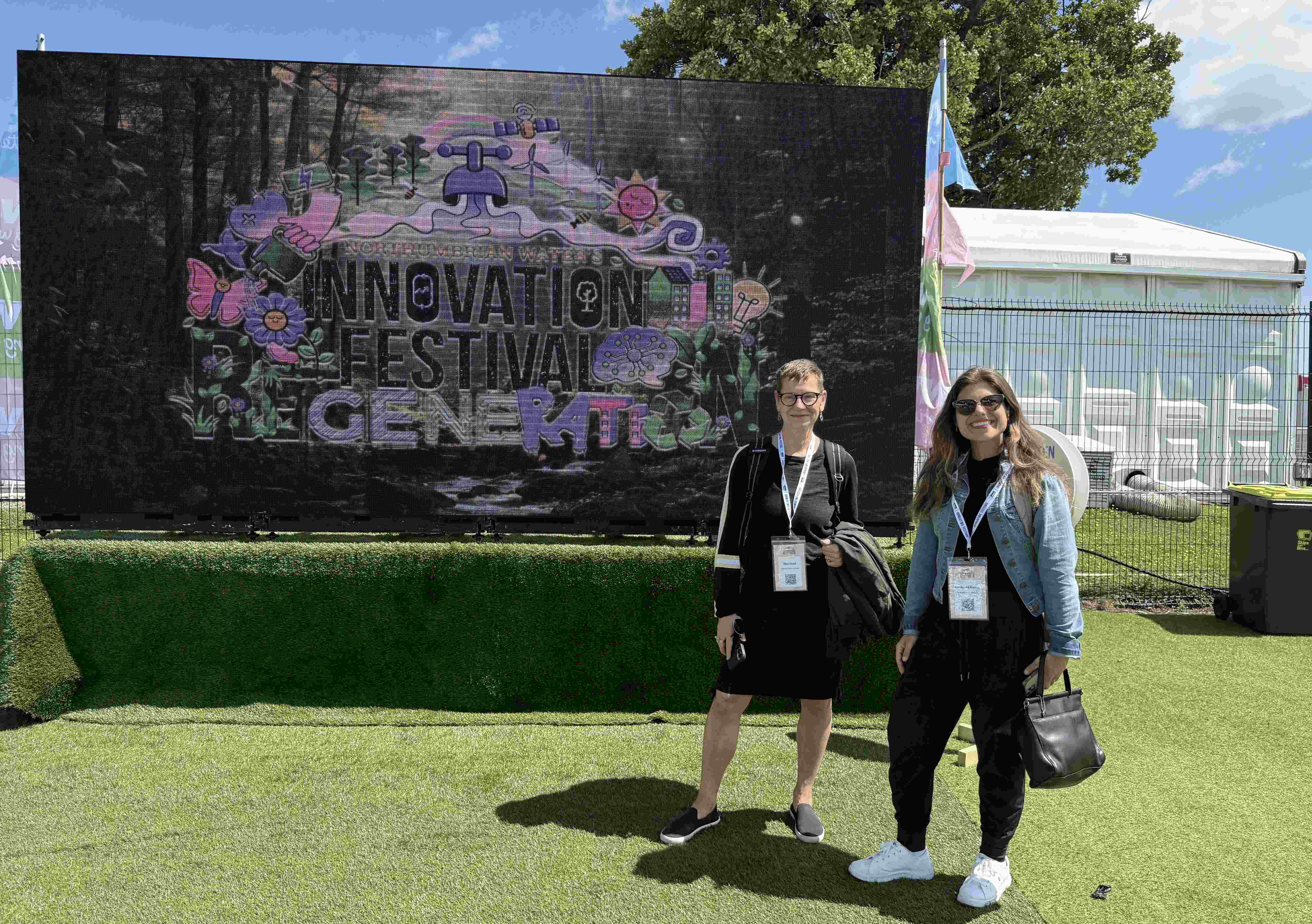
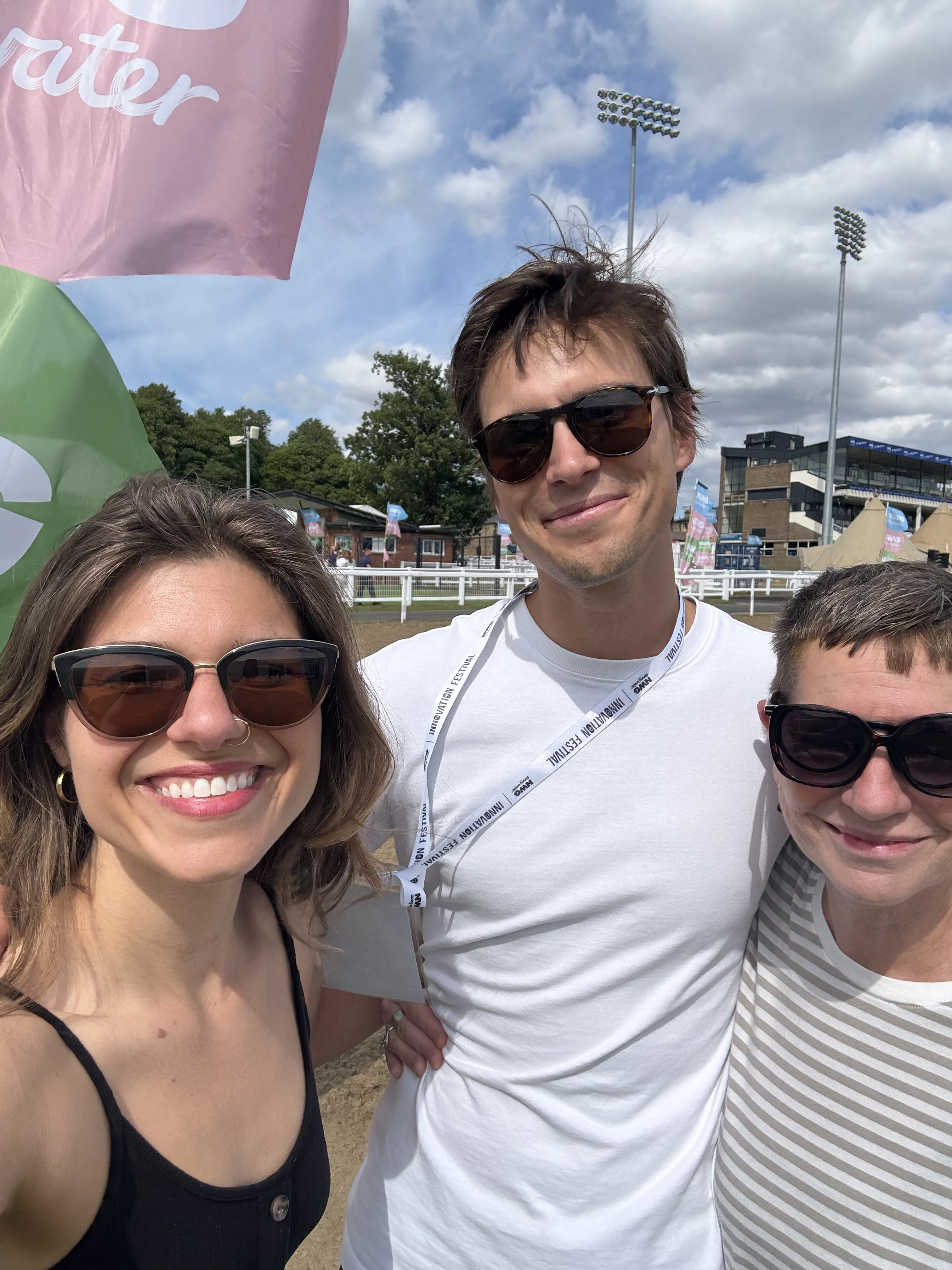
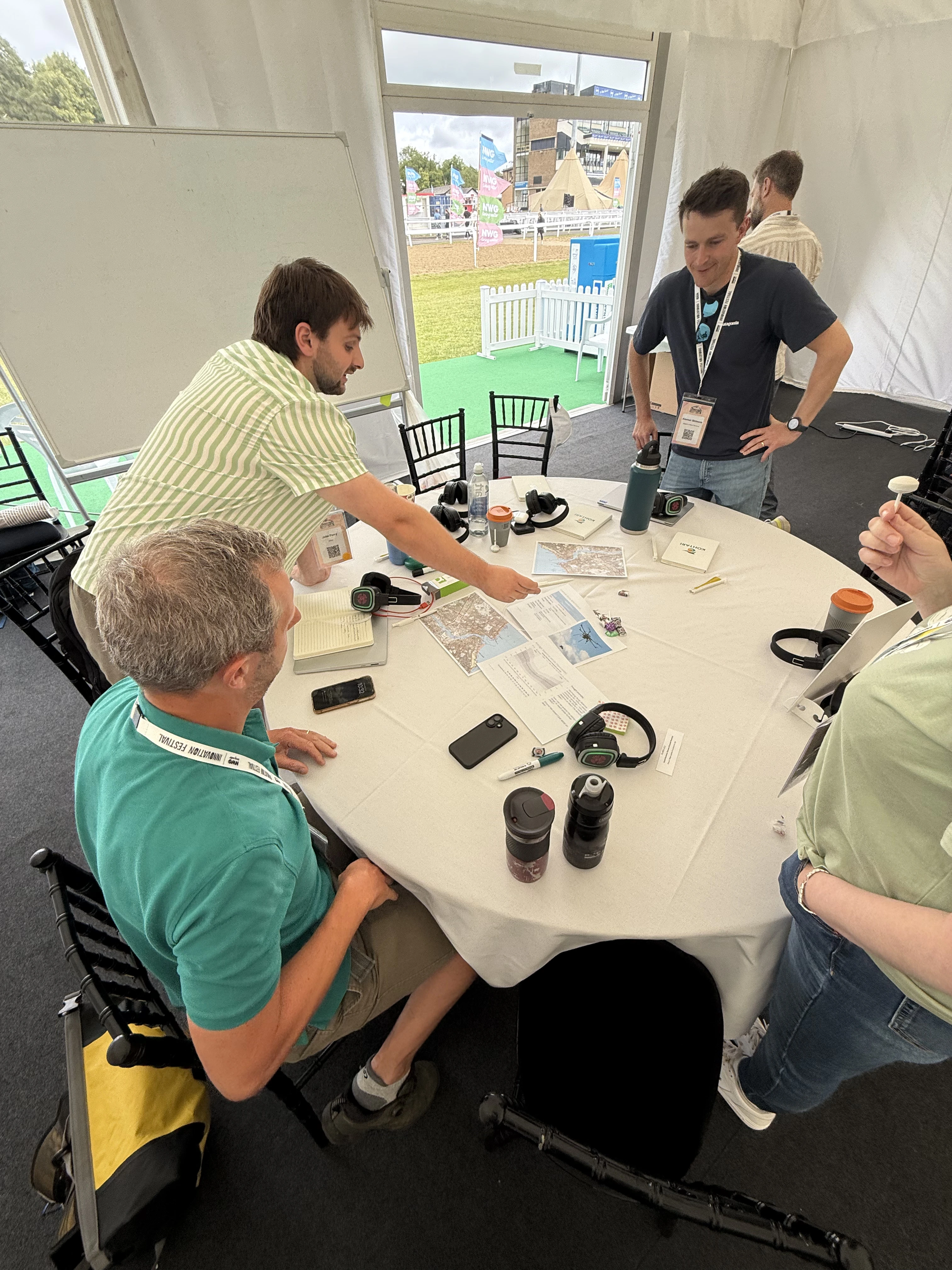
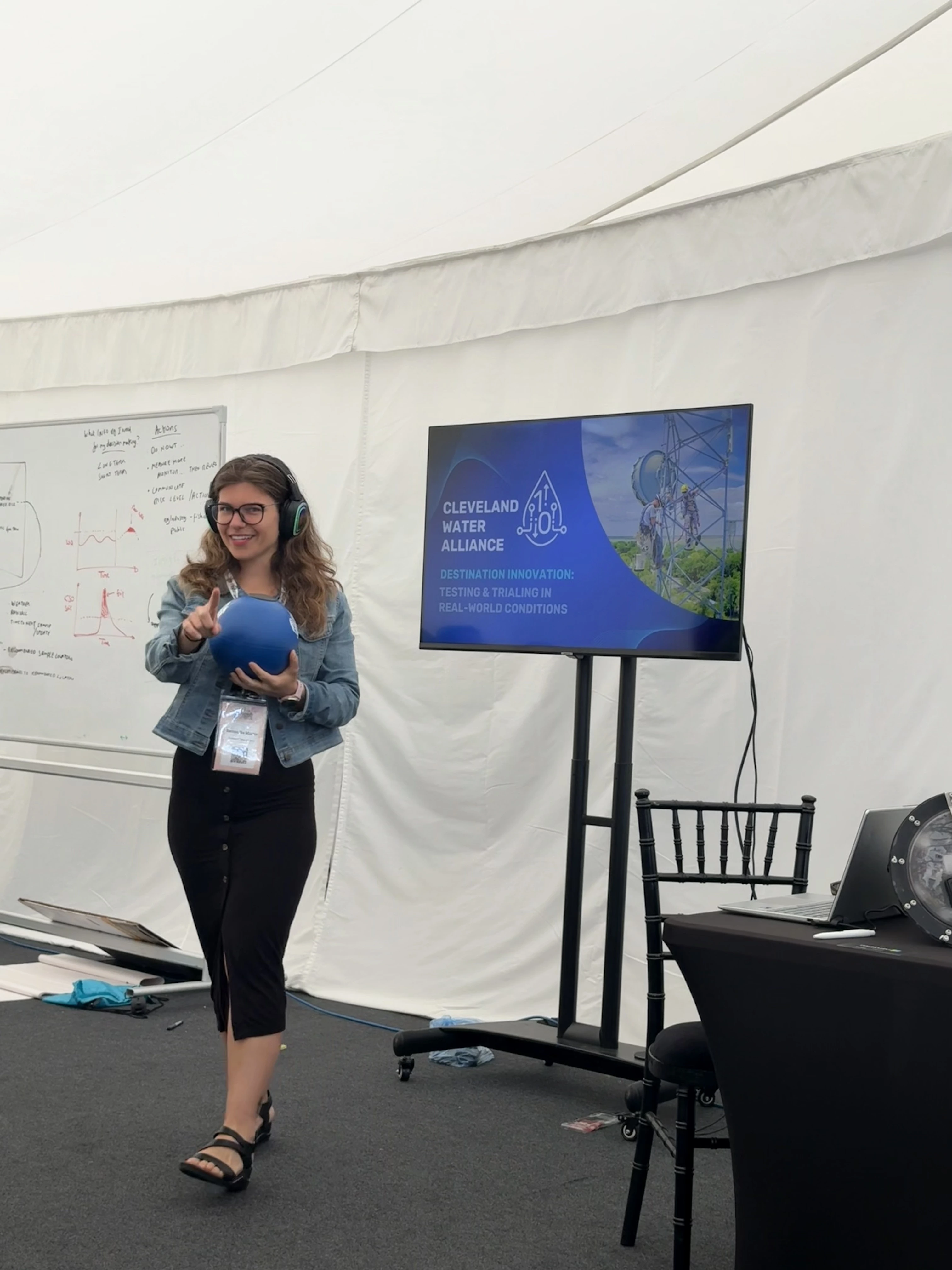
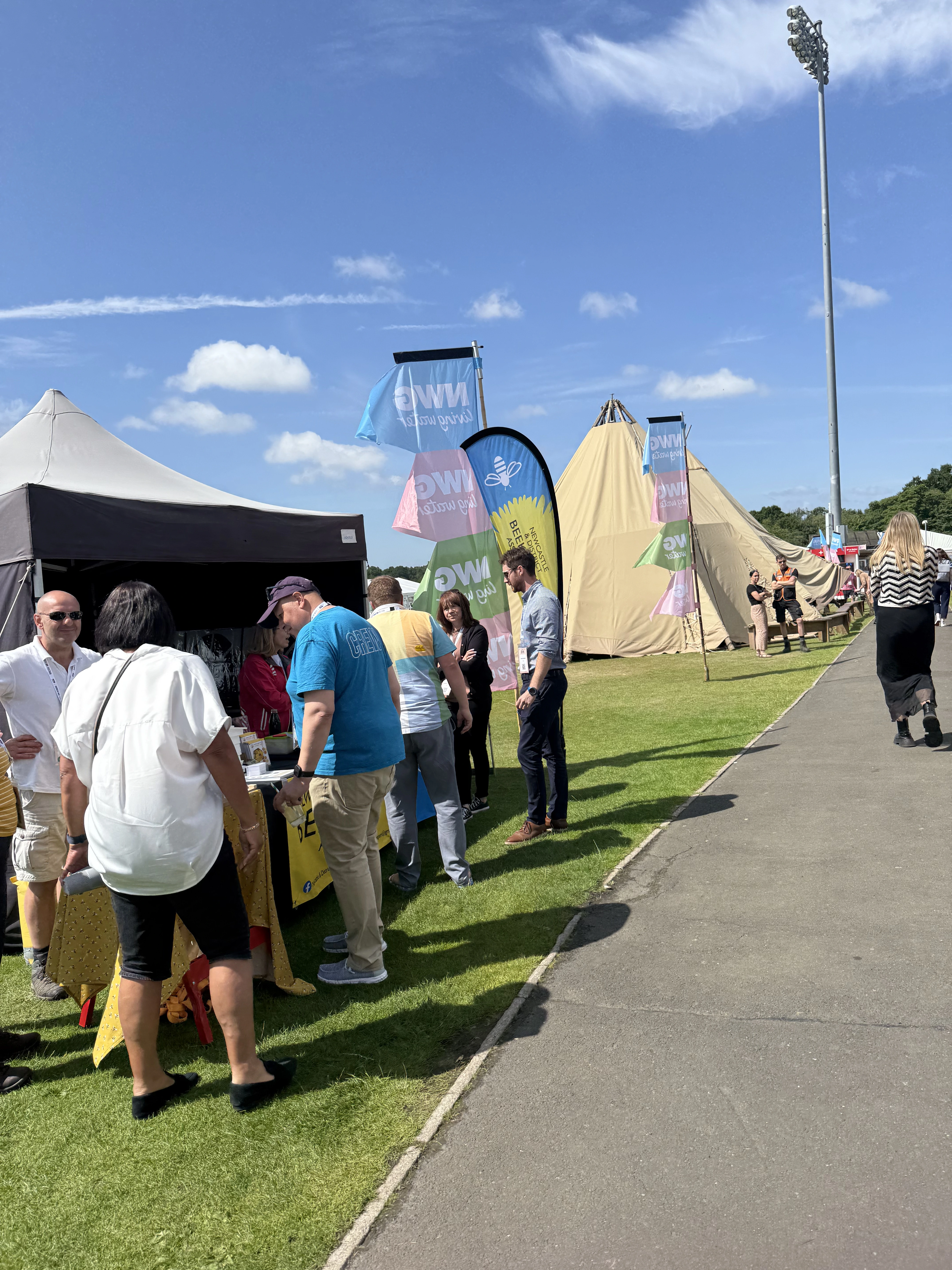

.svg)


